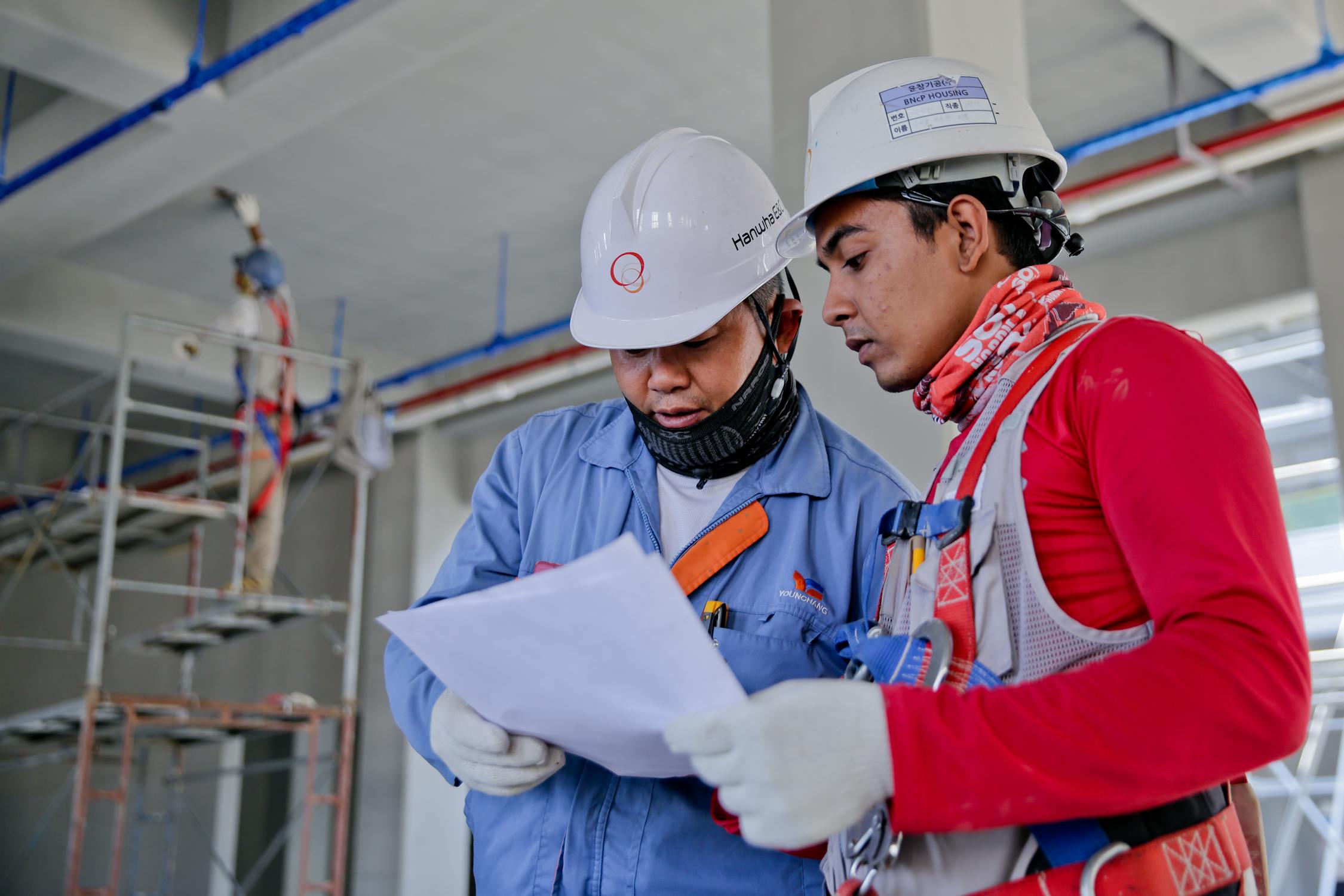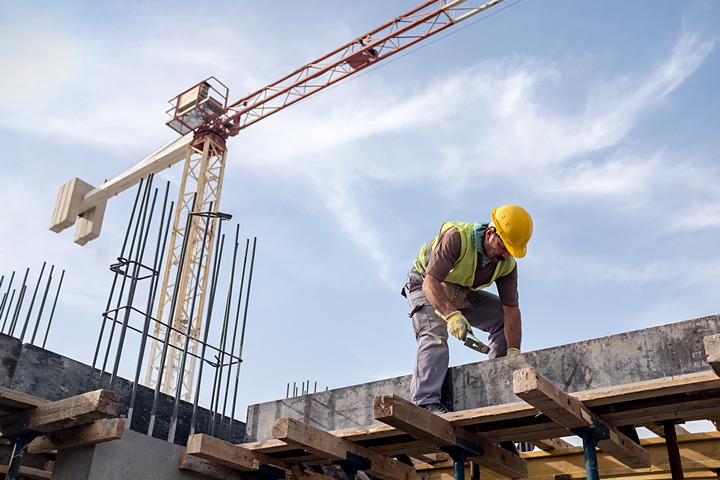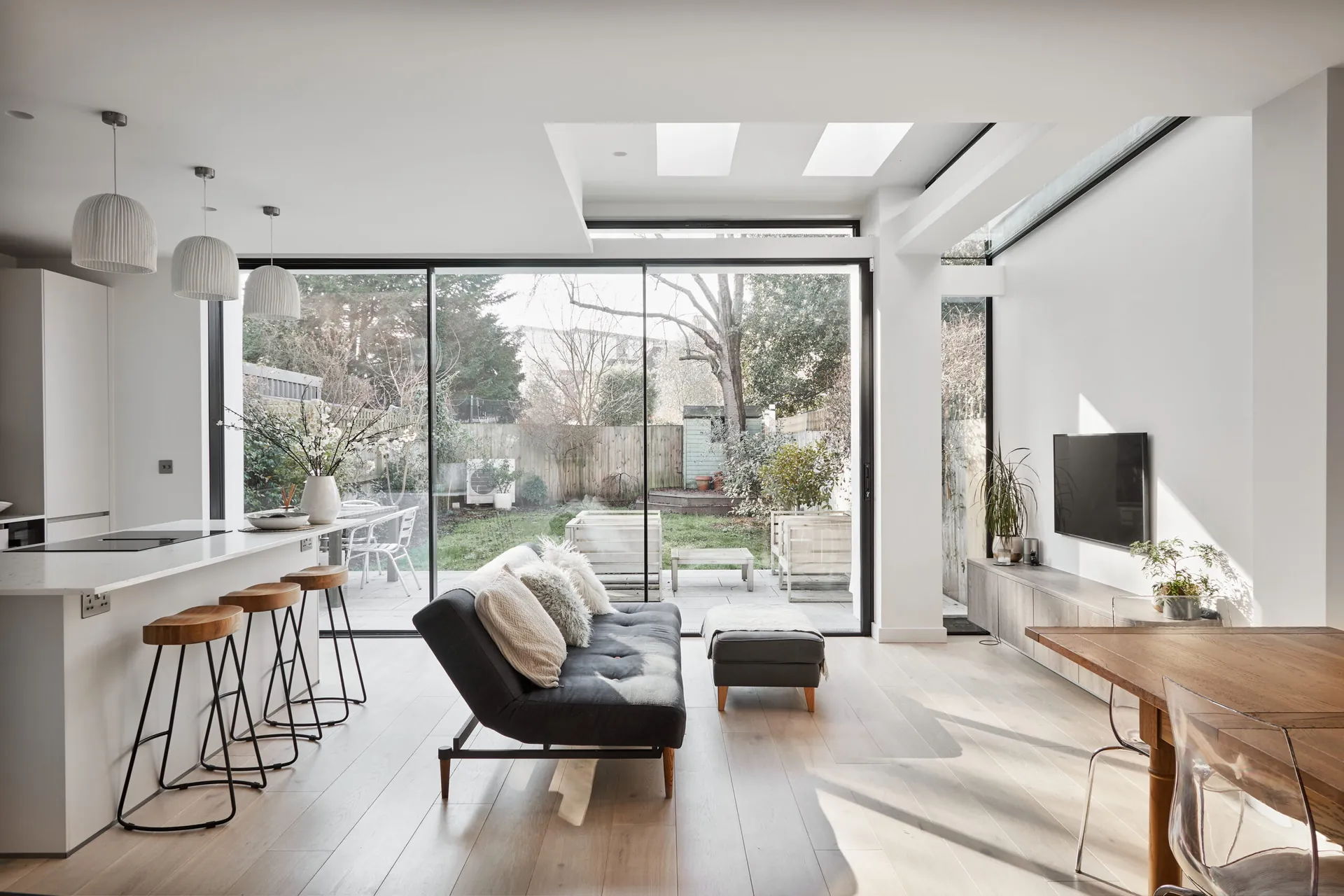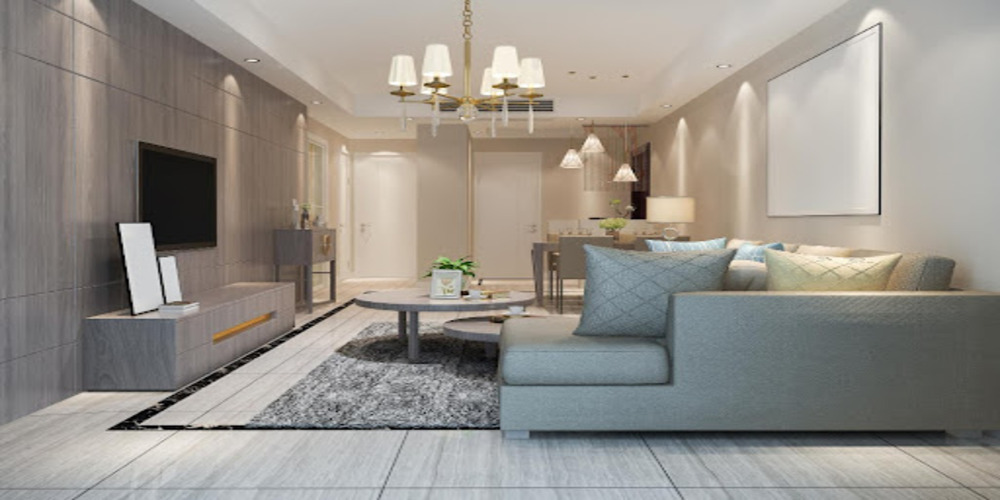New home construction and builder confidence plunge
[ad_1]
June housing starts, a measure of new home construction during the month, fell 2% month-over-month and 6.3% from a year ago, according to the US Census Bureau.
Meanwhile, a separate survey released Monday found builder confidence this month plunged to its lowest level since the spring of 2020. The National Association of Home Builders/Wells Fargo Housing Market Index is meant to gauge market conditions and looks at current sales, buyer traffic and the outlook for sales over the next six months.
“Production bottlenecks, rising home building costs and high inflation are causing many builders to halt construction because the cost of land, construction and financing exceeds the market value of the home,” said Jerry Konter, NAHB chairman and a home builder and developer from Savannah, Georgia.
The building slowdown comes as rising mortgage rates and home prices continue to discourage potential buyers, said Joel Berner, senior economic research analyst for Realtor.com.
“With mortgage rates at their highest levels since 2008, many prospective buyers are being priced out of the housing market, and builders are responding to this depressed demand by starting fewer construction projects,” Berner said.
Fewer new single-family homes in the pipeline
The drop in construction starts was most concentrated among single-family units, which were down 15.7% from a year ago.
The number of permits for construction of single-family homes and some multi-family buildings also fell in June from May, on a seasonally-adjusted basis. All new building permits fell 0.6% from May while single-family permits dropped more significantly by 8%. Compared to a year ago, all permits are actually up 1.4%, but those for single-family homes are down 11.4%
Multi-family building continues on largely because rents are so high.
“Given that nationwide rents have grown by 14% or more year-over-year in each month of 2022 so far and that active for-sale inventory is 28% higher than last year, it’s unsurprising that builders are currently more keen on multi-family rental construction,” said Berner.
This construction slowdown comes even as the price of lumber bottomed out in June, Berner said. But the relief in those prices might not last long.
“With lumber prices creeping back up in July and homebuyer demand being stifled by the rising cost of financing a home purchase, it’s unlikely that much progress will be made toward closing the housing supply gap any time soon,” Berner said. “In the meantime, prospective first-time homebuyers who are taking a pause from their search may find more options to rent if multifamily projects continue to receive more attention from builders.”
Housing affordability issues remain
While 13% of builders in the NAHB/Wells Fargo survey reported that they have reduced home prices in the past month in order to bolster sales or limit cancellations, affordability challenges remain for buyers.
“Significant segments of the homebuying population are priced out of the market,” said Robert Dietz, NAHB’s chief economist. “Policymakers must address supply issues to help builders produce more affordable housing.”
As builders halt or slow new construction, it will weigh even further on the housing market. Housing inventory was already extremely tight, pushing home prices higher. Slowing the supply of new homes will make it even worse.
New homes that are on the market are selling swiftly in 2.4 months. The norm is around 3 to 4 months, said Lawrence Yun, chief economist at the National Association of Realtors.
“Homebuilders have been facing supply-chain disruptions and many homes started multiple months ago have yet to be completed,” said Yun. “Homebuilders are waiting to see how these homes will sell before starting new construction.
But overall affordability constraints may push more buyers into renting, he said.
“Housing supply challenges will continue in the coming months and into next year,” said Yun.
[ad_2]
Source link







